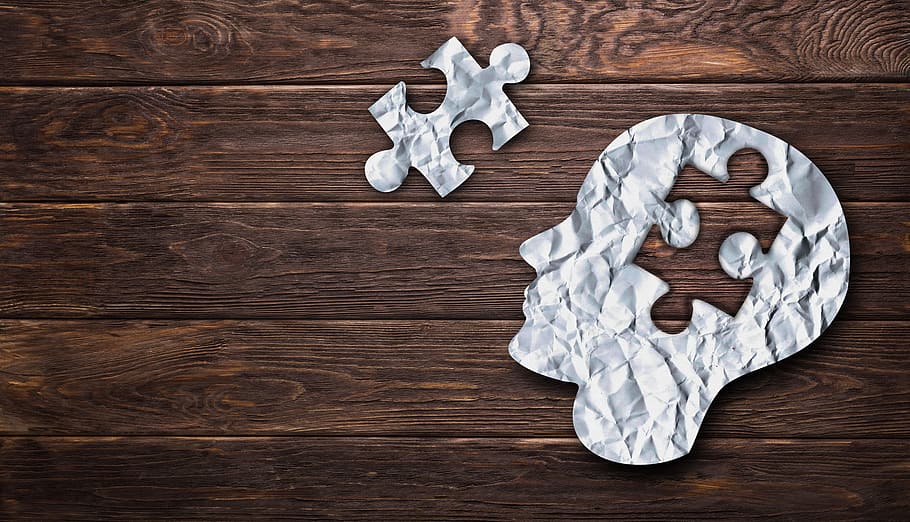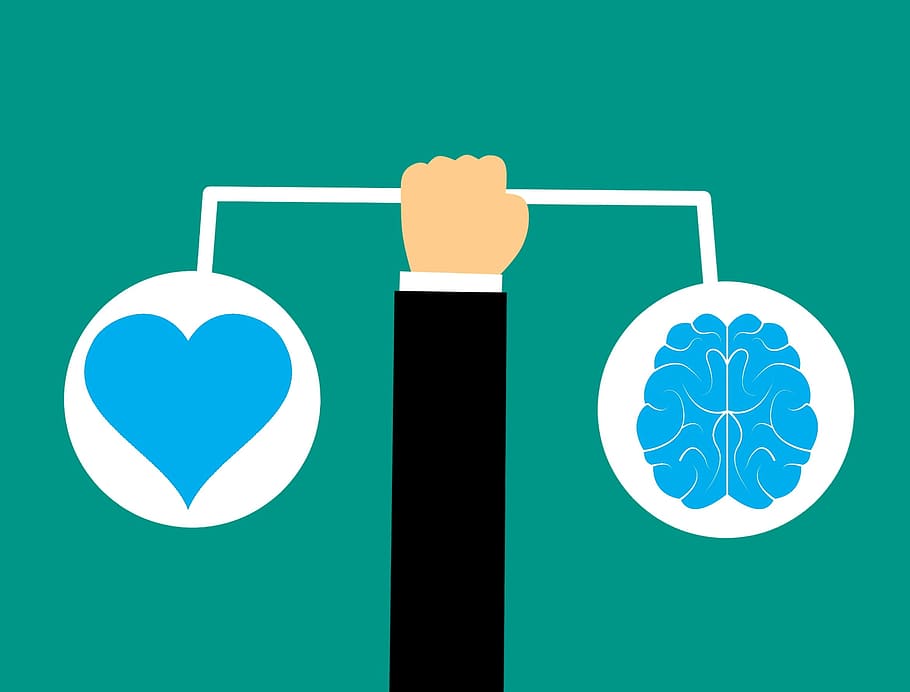 Opinion Shack
Opinion Shack
Where the Paths Meet – The Rationality of Human…
Our sudden outbursts as individuals are more termed as gender-specific categories. Be it a wife, mother, daughter or any other living soul these sparks of expressions are termed as ‘burst of emotions.’ These emotional sparks may be gender-fluid, however, the point to focus is way beyond gender demarcation. The crux lies in the fight of all of us as individuals with passing on the trophy from emotionality to rationality! Who we are is of least importance because in this discussion what is more crucial is, demarcations between theory and practicality behind the behaviour! Have we proudly categorized humans as beings with the power of rationality? We have uplifted ourselves from the animal kingdom by putting a suffix ‘social.’ This social animal has the wisdom enough to reason and judge the aspects of his living so that we all can co-exist harmoniously. We use signs and symbols to make our choices upon our rationality and instincts.

Our behaviour is the result of our mental understanding and psychological inclinations of these symbols that form our perceptions and views. We further try to alienate psychology from philosophy due to the latter being more qualitative in approach than the former. However, this attempt to separate self from the other seems to only result in the neglection of integral problems that rely on theories as well. The theory behind rationality focuses on the ideas of rational actors, the invisible hand, and self-interest. During the study of our emotions, humans assume these as part of our behaviour at different moments in time. The choices we make while sailing through psychology, economics as well as philosophy explains our actions through the Rational Choice Theory. Here each human makes his or her choices in life and uses the concept of self-interest to make beneficial decisions. They weigh the pros and cons and keep intact their rationality to produce the best possible decisions for themselves.
This versatility of the Theory of Rationality makes it possible, that we used it in a variety of contexts, qualitative as well as data-oriented fields. For instance, when we apply this theory to the Gaming industry, we will witness the extent of preciseness and objectivity that come in its application. Despite the flow of emotions during the actual play process, there is a deep involvement of mathematical patterns, even though the focus is upon interactions and reactions of individuals. Moreover, in such situations, this rationality becomes integral because of the outcome that is the result of the choices they make in comparison with the available options. Thus, the whole industry utilizes the rational aspect of the Theory of Rationality so that specific rules, can be set to bring out the desired results. Thus, games such as poker, bridge, and others, or a journey to the casino even though it brings out our hidden emotions while playing; have a one-track mind and rationality of keeping the ball in the court of the makers. At the time, the makers or owners have already decided our victory or loss way before we sit on the ‘hot seat’!
The other aspect of rationality is equally important. It is the emotional angle that relates strongly with the rationality of the human brain and reaps in psychological dynamics to its understanding. This emotionality confirms the correctness of human understanding of perceptions and their resultant evaluations. Even though we understand emotions traditionally to be a strong hurdle in the cognitive methods (Simon, 1967), Still they end up moving together towards mutual existence. We humans need to juggle forward and backward to explore the conflicting personalities of rationality and emotions as interlinked subjects. To study and comprehend the various connections, bodies, and levels of activity of the human mind, we need to struggle with their understanding to reach a level of reasonable understanding.

What we feel is how we react. The reaction may be conscious or unconscious but there is a hint of constant subconscious rationality involved in resultant emotions. The relation between our rationality and involved emotions involves philosophy, neuroscience, psychology along hidden logic and reasoning. In fact, there is a very visual relationship between both and the actions that occur due to their cause and effect are proof that our overall behaviour is an amalgamation of our conscience laced with emotions that erupt due to rationality present. Our frustration with our spouse’s or partner’s certain habit may have a rational reason behind it. However, our fear of darkness may not have a visible logic to us, but these are habits that form our behaviour because of the interlocking of emotions and rationality, and we cannot ignore one to give importance to the other. They are like twins that may not be identical in physicality but still have their interlinked behavioural traits!



